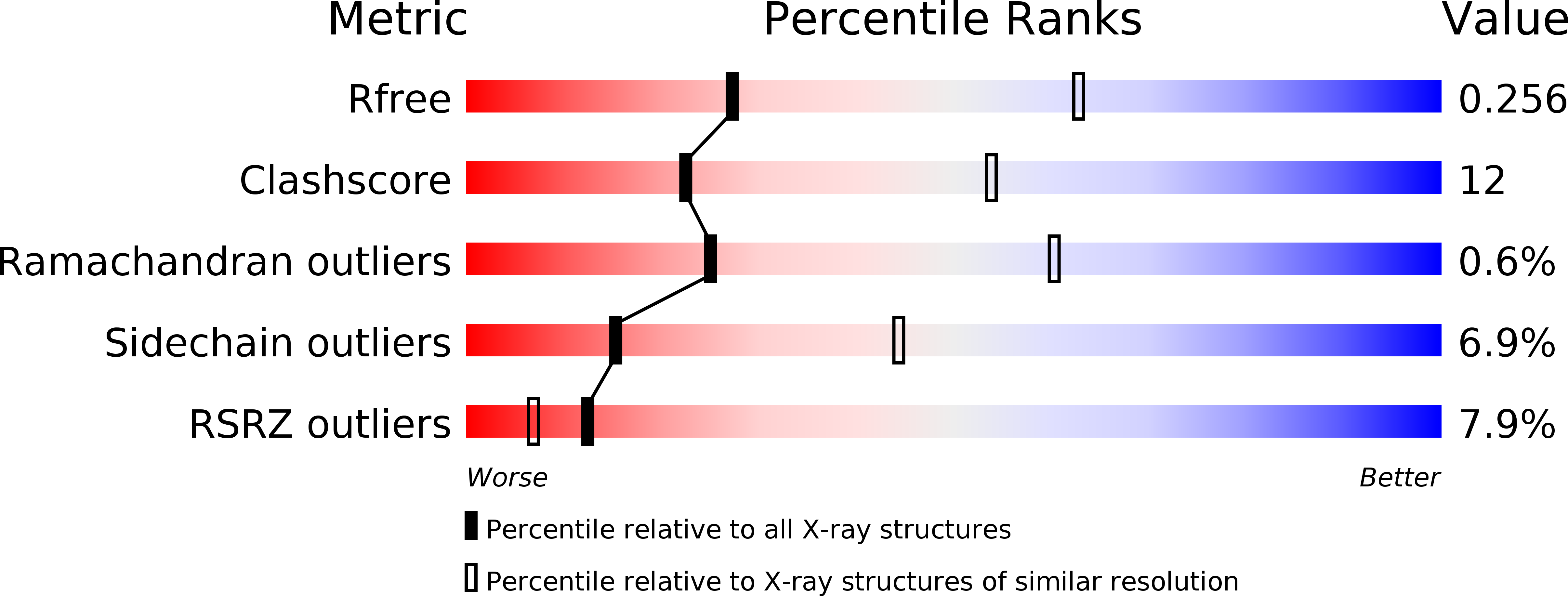
Deposition Date
2011-10-06
Release Date
2012-05-02
Last Version Date
2024-11-06
Entry Detail
PDB ID:
3U3V
Keywords:
Title:
The S-SAD phased crystal structure of the ecto-domain of Death Receptor 6 (DR6)
Biological Source:
Source Organism:
Homo sapiens (Taxon ID: 9606)
Host Organism:
Method Details:
Experimental Method:
Resolution:
2.96 Å
R-Value Free:
0.25
R-Value Work:
0.19
R-Value Observed:
0.19
Space Group:
P 61 2 2


